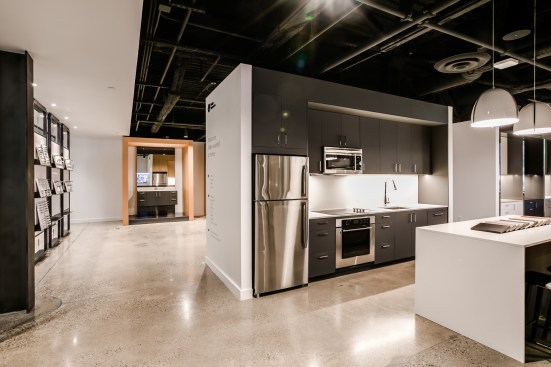Last January, a regional home builder from Utah told a story Rick Krentz has repeated many times since.
“He told me, ‘I still make a lot of money building homes, but we need to change this industry.’ I asked why. ‘In 15 years my 10-year-old son won’t be able to afford one of my 2,500 square foot homes. That’s not right. This industry needs to change. Now.’”
Krentz understands the concern—as the head of Material Supply sales for Katerra, it’s one he hears frequently from home builders. Materials often make up the majority of the budget for a residential project.
These concerns amongst builders are well-founded. Lumber prices, for example, are up 67 percent over last year according to The Wall Street Journal. Other basic home building materials are on the rise, including drywall, fixtures, flooring, cladding, and windows. Escalating material cost puts more projects at risk and squeezes margins for everyone in the production chain. For home buyers, it pushes affordability further out of reach.
Fortunately, Krentz is also in a unique position to address the surging cost of building materials and many home building professionals are turning to him and his Material Supply team.
“The products we source in the U.S., Mexico, China, Malaysia, and elsewhere are brought in at mass quantity in order to secure a great price. We can get even more competitive pricing without the distributor network mark-up,” says Krentz. “Customers buy directly from us.” The company has made headlines in recent years for their rapid growth and revolutionary approach to building construction.

Katerra Fixture and Finish Design Showroom, Phoenix
What makes Katerra’s approach different from other building material suppliers? Krentz cites four primary factors:
- Streamlined sourcing. “Other building material suppliers haven’t done this on the scope we’re doing it or gone as in-depth as we are,” says Krentz. He explains that many suppliers shop the same overseas markets, including China, but they typically work through a broker, not directly with factory officials.
- Quality control. High product quality is maintained because “… about 60 percent of our sourcing team in China is dedicated solely to quality control,” Krentz says. He recalls his first trip for Katerra to China. He visited five cabinet manufacturers. “Only one of five passed our team’s standards for build quality and plant safety and cleanliness,” he says.
- Scale = better pricing. Katerra’s billion dollar project pipeline represents considerable purchasing leverage. Krentz and his team make the most of that muscle on behalf of home builders, contractors, and others. “If we’re already bringing in 5,000 faucets, I’m already doing scale. What happens when I bring in 10,000 or even 25,000 faucets?” he explains. “The price drops for everyone. It’s a win-win.”
- Speed to market. In the old model, overseas material shipments can take 90 or even 120 days then more time to distribute product throughout a distributor’s national network. Katerra efficiently relies on just five locations with two-day reach into any location within the U.S. Krentz says.
Krentz acknowledges the company’s streamlined approach to material supply is a big change for many, but also one that is needed.
“I started in this business 17 years ago at a major home builder supply company. It was an exciting time. But this is different—Katerra is growing 100 times faster than back then because this industry is so ready for change. My big takeaway from conversations with builders across the country is the need for change. Everyone is asking, ‘How we can we do this better and faster? How can we build more affordable homes?’”
For Krentz, it’s not only about selling quality faucets, drywall, or flooring for less. It’s about shifting an attitude and offering real change.
